If you’re planning a trip to Busan, but your itinerary has not progressed beyond “go to beach”, this article is for you. Busan is an exciting, dynamic city and remains one of South Korea’s most popular destinations; you could keep yourself busy for weeks before running out of things to do in Busan.
However, the huge range of activities and the scale of the city can be a little intimidating, especially for first time travelers or those on a short trip.
Below is a list of 12 great tourist destinations in Busan, which covers a variety of different areas, activities, and collectively exhibits the best that Busan has to offer. Look no further for a condensed tourist’s guide to Busan to inspire your upcoming travels.
Haeundae Beach
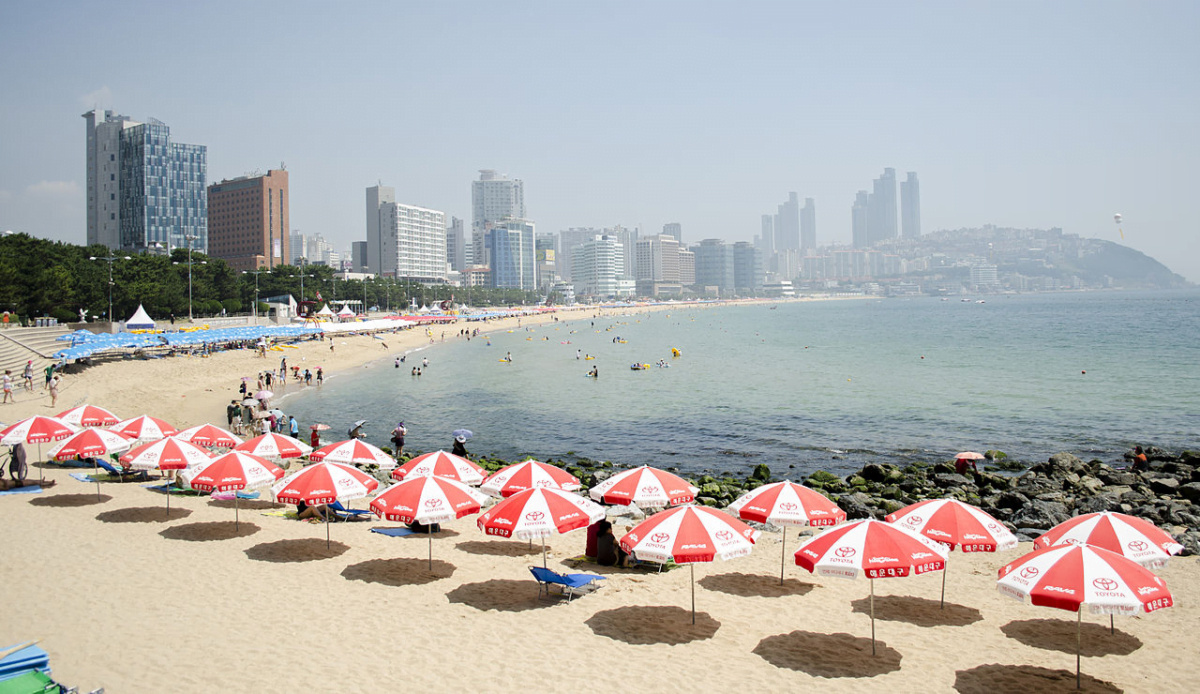
Haeundae beach is the iconic symbol of Busan for good reason. A huge stretch of white sandy beach, an abundance of luxury accommodation, and a bustling, lively atmosphere year-round – Haeundae is an essential stop for tourists.
Whether you want to lie around on the beach, go swimming, eat and drink to your heart’s content, or experience one of the many festivals and cultural events in Haeundae, there is something for everyone.
If you’re visiting in summer, don’t miss the Haeundae Sand Festival and indulge on street food at Haeundae Traditional Market (해운대 전통시장). Or if you’re planning a winter trip, take a romantic stroll down the beach, enjoy the Haeundae Light Festival, and get cozy in one of the many cafes near the beach.
For a unique perspective of this stunning beach area, consider joining a Yacht Boat Tour, offering breathtaking views and an unforgettable experience on the water.
Getting there: Metro Line 2 (the green line) to Haeundae. Walk straight from exit 3 or 5.
Gwangalli Beach

Gwangalli is another stunning beach in Busan. Although it usually attracts a smaller crowd than Haeundae, Gwangalli is one of Busan’s highlights and can be enjoyed by all travelers. The main attractions here include its gorgeous sandy beach, array of restaurants and bars, and the Gwangandaegyo Bridge.
This is a favorite spot for travelers and locals to lounge around in the summer. You can enjoy drinking and eating in the bars and restaurants on the beachfront. Gwangalli encapsulates all the incredible things about Busan – the beach, the mountains, incredible architecture – and it is very close to key attractions such as Millak Waterfront, Shinsegae Department Store, Spa Land, and Geumnyeonsan.
Gwangalli is the location for Busan Firework Festival, an outstanding annual firework show displayed over the Gwangandaegyo Bridge. Although Busan gets pretty cold in the winter, it’s definitely worth getting cozy on the beach and watching the show if you are traveling in winter. If you’re attending the festival, get to the beach early and secure a spot. The beach fills up quickly and it’s the best place to see the show without breaking the bank (since most cafes and restaurants will charge a high fee for reservations on the night of the fireworks).
Getting there: Metro Line 2 (the green line) to Gwangan (exit 5, walk 5 mins) or Geummyeonsan (exit 3, walk 5 mins).
Gamcheon Culture Village

Gamcheon Culture Village is unlike anything else you will see in South Korea. It is often compared to Machu Picchu, due to its steep slopes, and Santorini, for the masses of brightly colored houses overlooking the water. Gamcheon was built up during the early 20th century after the government relocated poor citizens who could provide cheap labor at the ports. The residents painted the houses vibrantly and it has become one of the most popular tourist destinations in recent years.
Now, the winding narrow alleyways are teeming with quirky artistic displays and painted murals on every corner. Gamcheon has become a center of tourism and culture in Busan. Tourists can spend hours wandering around this bright neighborhood and get some holiday snaps to remember for years to come.
The village is open year-round, 9 a.m. to 4 p.m. Tourists should be respectful of the local community and avoid visiting outside of these hours and causing disruption to the area. There are plenty of independent stores and cafes in the area which is a great way to support a local business.
Don’t forget to get a picture with the Little Prince and the fox overlooking the houses!
And for an unforgettable experience, consider joining the Busan: Gamcheon Village and Haeundae Blueline Park Tour, which offers a guided exploration of this vibrant neighborhood and more.
Getting there: Metro Line 1 (the orange line) to Toseong Station (Exit 6). Walk straight and turn right to the bus stop. Then take the bus to Gamcheon Elementary School (1-1, 2, 2-2).
Haedong Yonggungsa
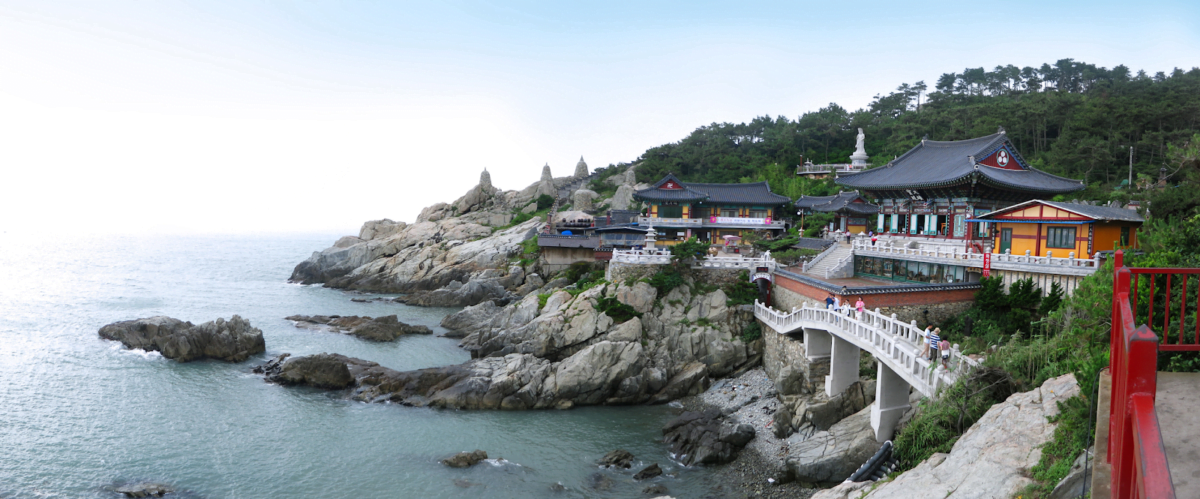
Known as Busan’s “Water Temple,” Haedong Yonggungsa is remarkable, unique, and beautiful. Located outside of the city center, a trip to this tranquil temple is perfect for history enthusiasts.
This Buddhist temple was built in 1376, however, it was rebuilt in the 1930s after the Japanese invasions in the 16th century. As it was rebuilt recently, the temple is in great condition and gives visitors the opportunity to step back in time and glimpse pre-modern Korea.
Unlike most Buddhist temples, which are built in the mountains, Haedong Yonggungsa overlooks the water and allows tourists to have some peace and quiet away from busy city life. There are also a number of cafes, gift shops, and street food stalls around the area so you can easily spend a day exploring this area.
The temple attracts a large number of tourists, but the location is incredibly isolated. Food options are mainly limited to street food, which is an exciting culinary experience for some but might not be everyone’s cup of tea. If you’re not into street food, go on a full stomach or go prepared with snacks!
If you want to avoid the crowds, visit early in the morning and catch one of the most exquisite sunrises you’ll ever experience. Alternatively, if you enjoy a more lively atmosphere, visit the temple during Buddha’s birthday celebrations.
Getting there: Metro Line 2 (the green line) to Haeundae Station, exit 7. Walk straight to the bus stop and take the 181 to Yonggungsa, or take a taxi from Haeundae Station.
Oryukdo Skywalk and Igidae Coastal Walk
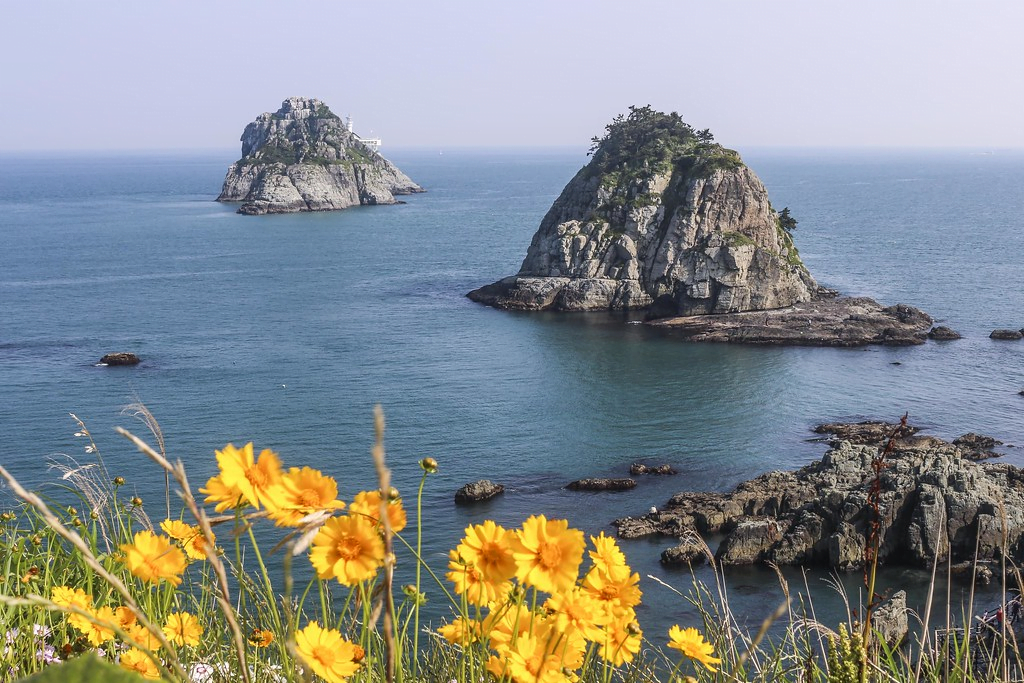
The Oryukdo Skywalk has been a popular tourist destination since it was opened to the public in 2013. Visitors can walk across the glass bridge and look down onto the crashing waves and rocky cliffs. The serenity of this location is undeniable, and hearing the waves crashing and feeling the sea air blowing on your face is unlike anything else.
The skywalk can be reached by bus and marks the start of the Igidae Coastal Trail toward Gwangan. Perfect for spring as you can view lots of cherry blossoms along the way, this is a moderate hike that should take around two hours to complete. Escaping the chaos of the city, while remaining in a central location – and heading toward the beach, of course – this is an excellent activity for all tourists.
The trail is well marked and there are plenty of viewpoints along the way to enjoy looking out to the sea and take a break. Hiking is very popular with the older generation in Korea, many of whom celebrate the end of a hike with a bottle of Makgeolli (Korean rice wine) – pick up a bottle from any convenience store and enjoy drinking it on the beach when you finish.
Getting there: Metro Line 2 (the green line) to Kyungsung University. Go out of exit 3, cross the road to the Bus Stop outside Paris Baguette and take the 22, 24, 27 bus to Igidae. The skywalk is a short walk from the bus stop.
Shinsegae Department Store and Spa Land
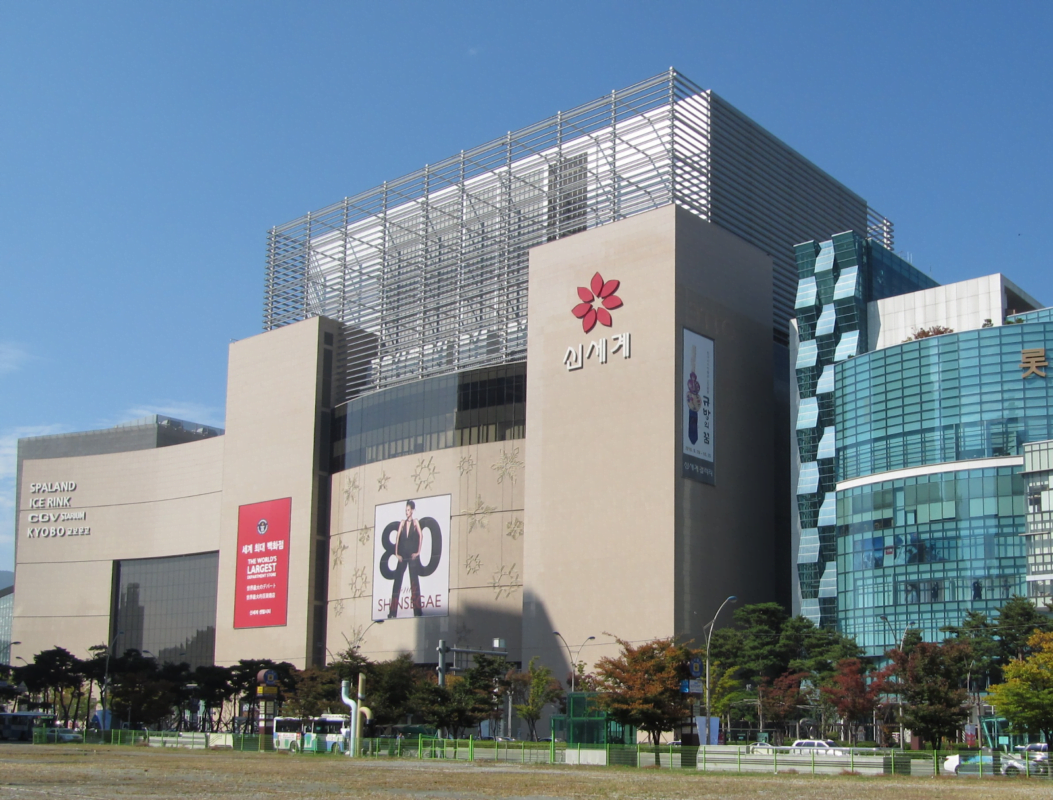
The Shinsegae Centum City Department Store was recognized as the largest department store in the world in 2009. Everything from luxury brands, restaurants, and a movie theater, to high-street names and a food market can be found inside. Getting lost in the maze of shops and glimpsing into the lives of the wealthy in Korea is a unique experience that can be enjoyed by everyone.
Inside the department store is another essential stop: Spa Land. Although South Korea is teeming with jjimjilbangs (spas), Spa Land is a luxury experience. The spa is huge; there are several themed saunas and steam rooms, a rock pool, and even a restaurant and cafe – visitors should allot three to four hours to fully enjoy the benefits of the spa.
Spa Land’s fame is well-earned as the quality of the water is exceptional and the price is very reasonable for such a luxury experience (₩10,000-20,000). The spa is open 6 a.m. to 10 p.m. and the department store is open 11 a.m. to 8 p.m., or 8:30 p.m. on weekends.
The department store is nearby many other key places to visit in Busan including Busan Cinema Center, Gwangalli, and Haeundae Beach. Don’t forget to take a trip to the top of the building and enjoy a breathtaking birds-eye view of the city.
Getting there: Metro Line 2 (the green line) to Centum City. The department store is connected to the station and Spa Land is inside this building.
Busan Cinema Center
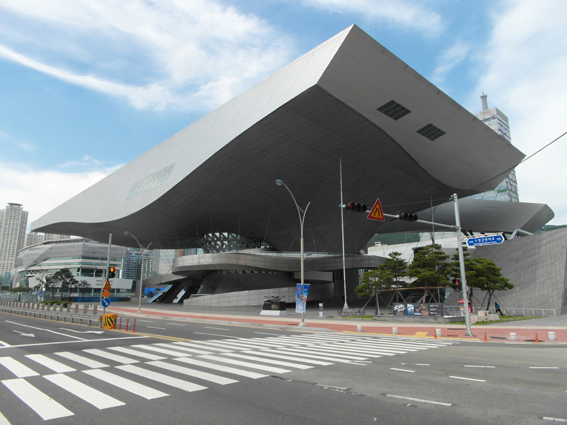
Located in Centum City, Busan Cinema Center is the venue for Busan International Film Festival (BIFF), held every year in October. The opening and closing ceremonies for BIFF have been held here since it was constructed in 2011.
Every year, thousands of people flock to see their favorite actors and actresses walking down the red carpet. The center contains three theaters, and the main theater – Haneulyeon Theater – is where the award-winning movies are shown during the festival. After Bong Joon-ho’s incredible success with the Oscar-winning “Parasite,” the event will only become more culturally significant and is an experience not to be missed by visitors.
For tourists who will not attend the festival, the center runs movies, projects, and workshops year-round. Watching a movie in this outdoor theater is an exciting and rare experience – and it is the perfect escape from the sun if you are visiting in summer.
Getting there: Metro Line 2 (the green line) to Centum City, exit 12.
Nampo-dong, Jagalchi Market, and BIFF Square

Toward the south of Busan, is Nampo-dong: a popular destination for shopping, dining, and experiencing the more traditional aspects of Korean culture.
Busan is well known for its seafood, and Jagalchi Market is by far the most famous place to sample fresh fish in the city. The market is a significant cultural place for Busan and every year it hosts the Jagalchi Cultural Tourism Festival to celebrate it. The view from the top of the market is an essential stop, whether you’re dining in the market or simply passing through.
There is a huge range of non-seafood markets in the areas, including Gukje Market where you can buy food, clothing, household appliances, and more. Nampo also has all kinds of shops ranging from vintage clothing shops to international and luxury brands. Wandering down the streets of Nampo on a weekend is a fascinating experience due to the range of stores you will come across. This is the perfect location to pick up some cheap and interesting souvenirs.
BIFF Square celebrates the city’s cultural history as it was the original location of the festival. Tourists flock to this area to try out street food including Ssiat Hotteok and the many other available snacks. The BIFF archway and “Star Street” are favorite spots among tourists and locals alike.
The Christmas Tree Festival is an essential stop for tourists travelling in winter. It is likely to be extremely busy, though the atmosphere is magical and should not be missed.
Getting there: Metro Line 1 (the orange line) to Nampo Station.
Seomyeon

If you’re looking for somewhere to eat, drink, shop, and party like the locals, don’t miss a visit to Seomyeon. Before you even leave the subway station, your senses will be overwhelmed by masses of clothing, beauty, and skincare stores in the underground shopping center.
Seomyeon attracts a younger crowd but there is something for everyone in this neighborhood; even a stroll through the busy streets on the weekend is an experience in itself. The area never sleeps and there is always a high-energy atmosphere no matter what time of year you visit. You can sample some of Busan’s street food, break the bank on Korean skincare, eat Korean barbeque, and finish the night singing your heart out at karaoke.
A short walk from Seomyeon, and the next station on the green line, is Jeonpo. This area is known for its seemingly endless number of cafes which can be a much-needed escape from Seomyeon. Relax in one of the aesthetic cafes on Jeonpo Cafe Street or take a walk around Busan Citizens Park if you need a more sedate atmosphere.
Getting there: Metro Line 1 or Metro Line 2 to Seomyeon Station.
Busan Museum of Contemporary Art (MOCA Busan)

Take a quick break from all the walking and pop into MOCA Busan for an injection of culture. MOCA focuses on exhibiting contemporary art and – as shown in the exterior of the museum above – the museum is particularly concerned with environmental issues and the future of humanity.
The museum is based on Eulsukdo, a beautiful and fairly recently built-up island in Busan. MOCA introduces its visitors to current social and environmental issues in Korea through art and education as the way forward.
MOCA is open Tuesday-Sunday (10 a.m. to 6 p.m., and Saturday 10 a.m. to 9 p.m.). Except for special exhibitions, the museum is free to enter.
Getting there: Metro Line 1 (the orange line) to Hadan Station. Go out from exit 3 and take any of the following buses to Museum of Contemporary Art Busan Bus Stop: 168, 3, 520, 55, 58, 58-1, 58-2, 221
Taejongdae Resort Park

Located on the southern tip of Yeongdo, Taejongdae is a stunning natural space which attracts a large number of tourists year-round. Taejongdae is named after one of the ancient kings of the Silla Kingdom, and in 1967, it was deemed worthy to be one of Busan’s monuments.
Tourists can enjoy strolling around the resort park, eat some local seafood, enjoy the greenery, the rocky cliffs, and take a much-needed break from the center of the city.
The “Light Beyond Limitation” (photographed above) and the Yeongdo Lighthouse are iconic features of this park. Although the area must be reached by bus, the resort is accessible by foot and is full of breathtaking views. A half day is recommended for wandering around Taejongdae and exploring some of the cafes and independent stores in the area. If you want to spend more time on the island, hop on a bus to explore another part of Yeongdo.
The Hydrangea Festival at Taejongsa is held annually in early summer. The area around the temple is covered in beautiful brightly colored flowers. Taejongdae is extremely busy during this time, so expect the roads to be congested and all the taxis to be full – plan your exit carefully if you attend the festival!
Getting there: Metro Line 1 (the orange line) to Busan Station. Take any of the following buses to Taejongdae: 88, 101 (to Taejongdae Cliff Bus Stop) 8, 13, or 30
Jangsan
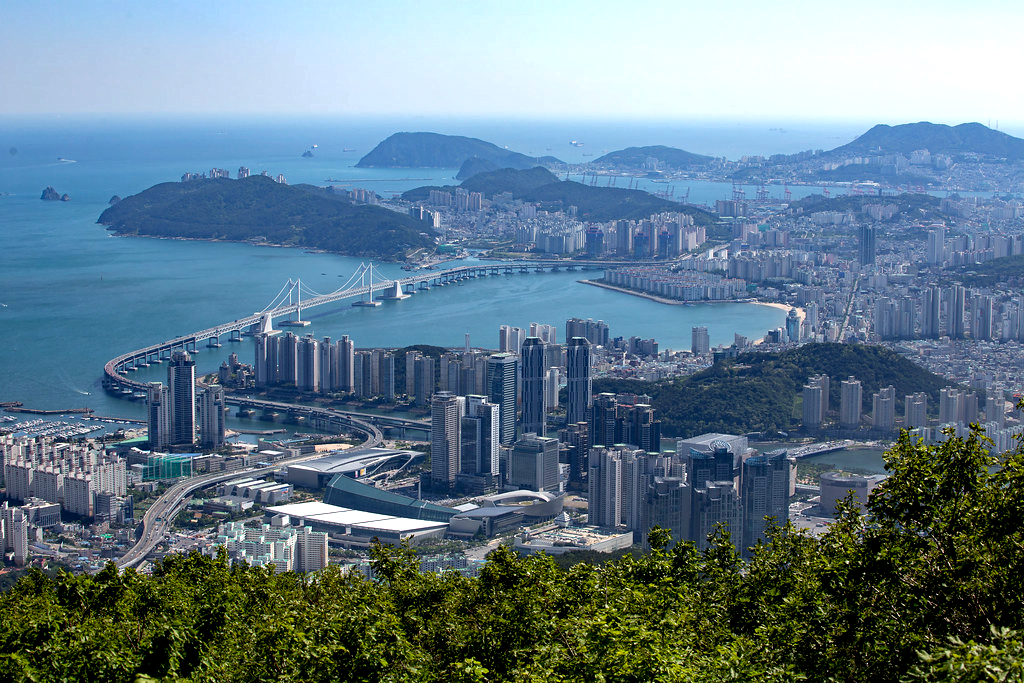
Jangsan is a challenging but incredibly rewarding hike. As shown in the image above, the view from the peak offers an outstanding view of the city.
Visit during spring or summer to enjoy the vibrant nature and step out of the bustling city for a while. It takes approximately 1 hour 30 minutes to 2 hours to reach the summit, though there are a variety of different routes you can take along the way.
Jangsan Station is a short journey from Haeundae so it is a very well-connected and accessible hike. This is the perfect break from lying on beaches and eating all of Busan’s delicious food.
If you can, avoid hiking during the peak of summer, as Busan is an incredibly humid city. The best time of year to hike would be early spring or autumn.
Getting there: Metro Line 2 (the green line) to Jangsan. Walk straight from exit 10.




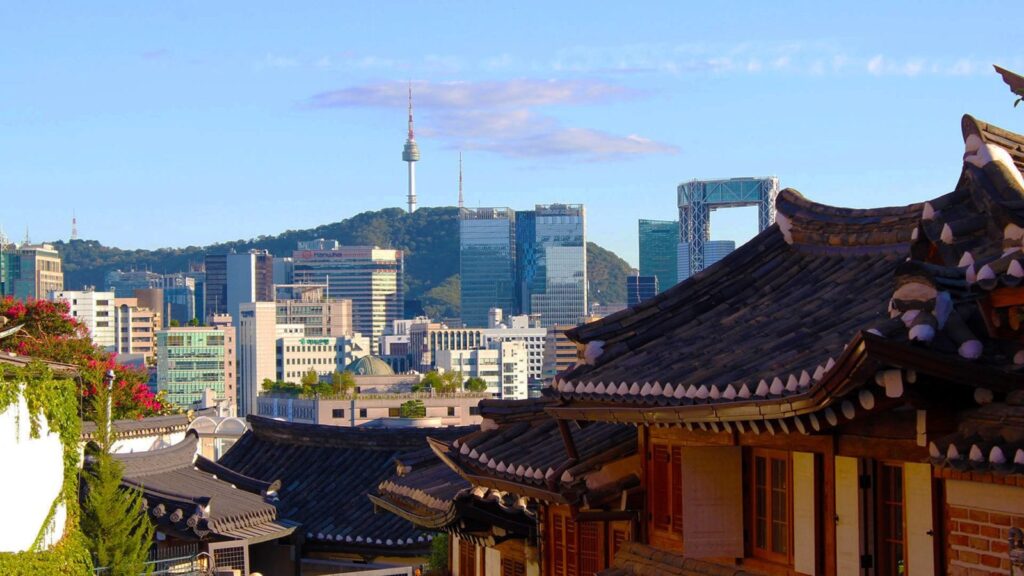
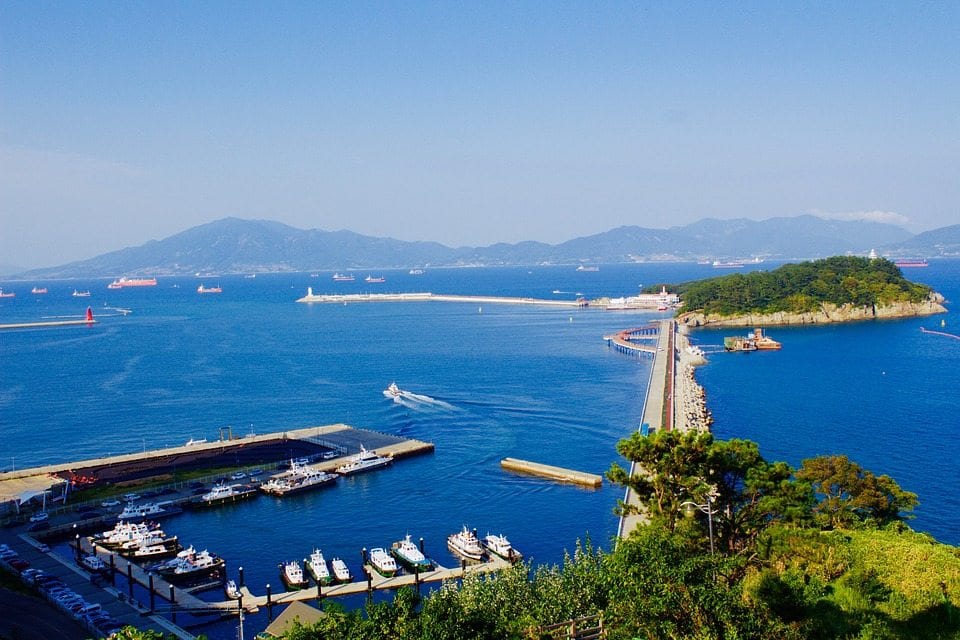
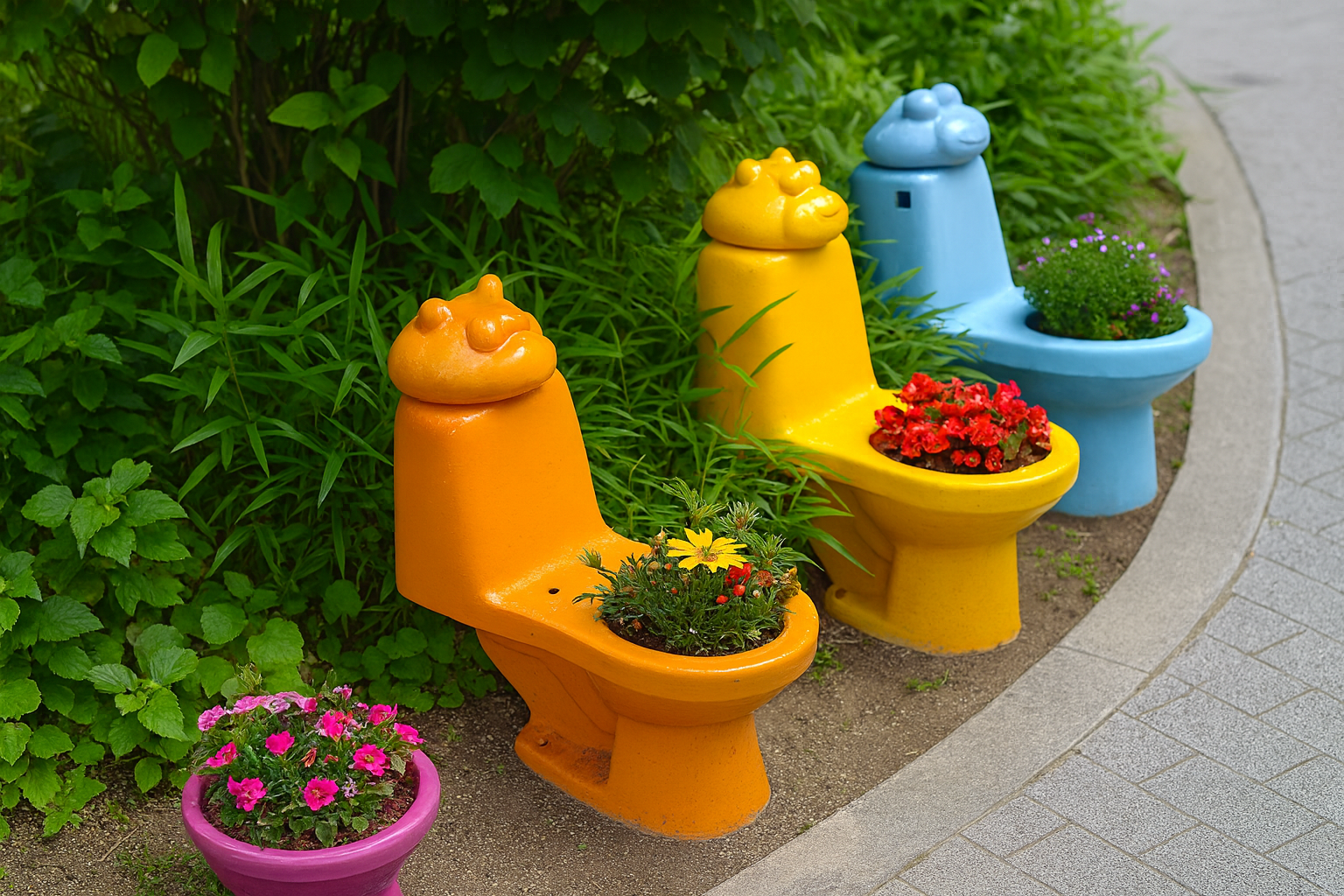
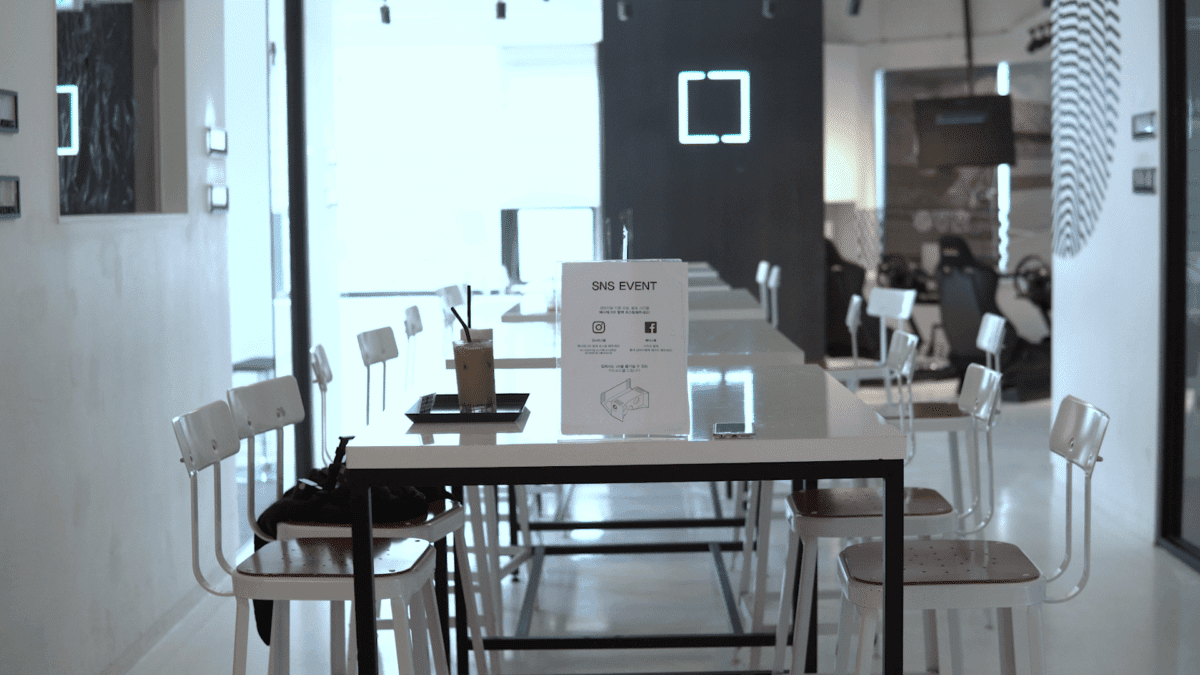
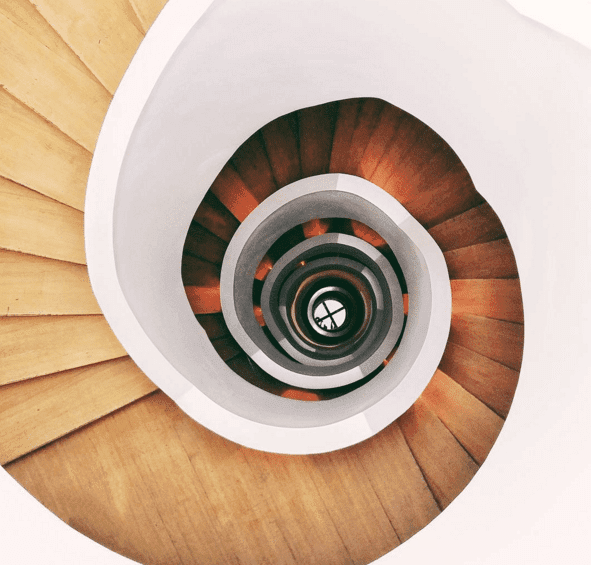
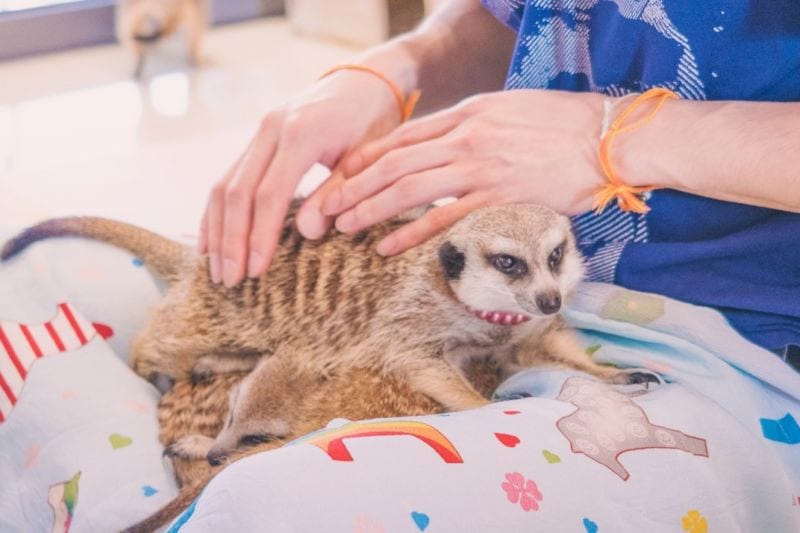
2 comments
Stella Wilson
Wonderful things to do in Busan. I am in love with all these beautiful photographs. Thanks for sharing this article with us.
Irene Ahimah
Anytime Stella! Thanks to your support, we will continue to try our best to bring readers like you the best.